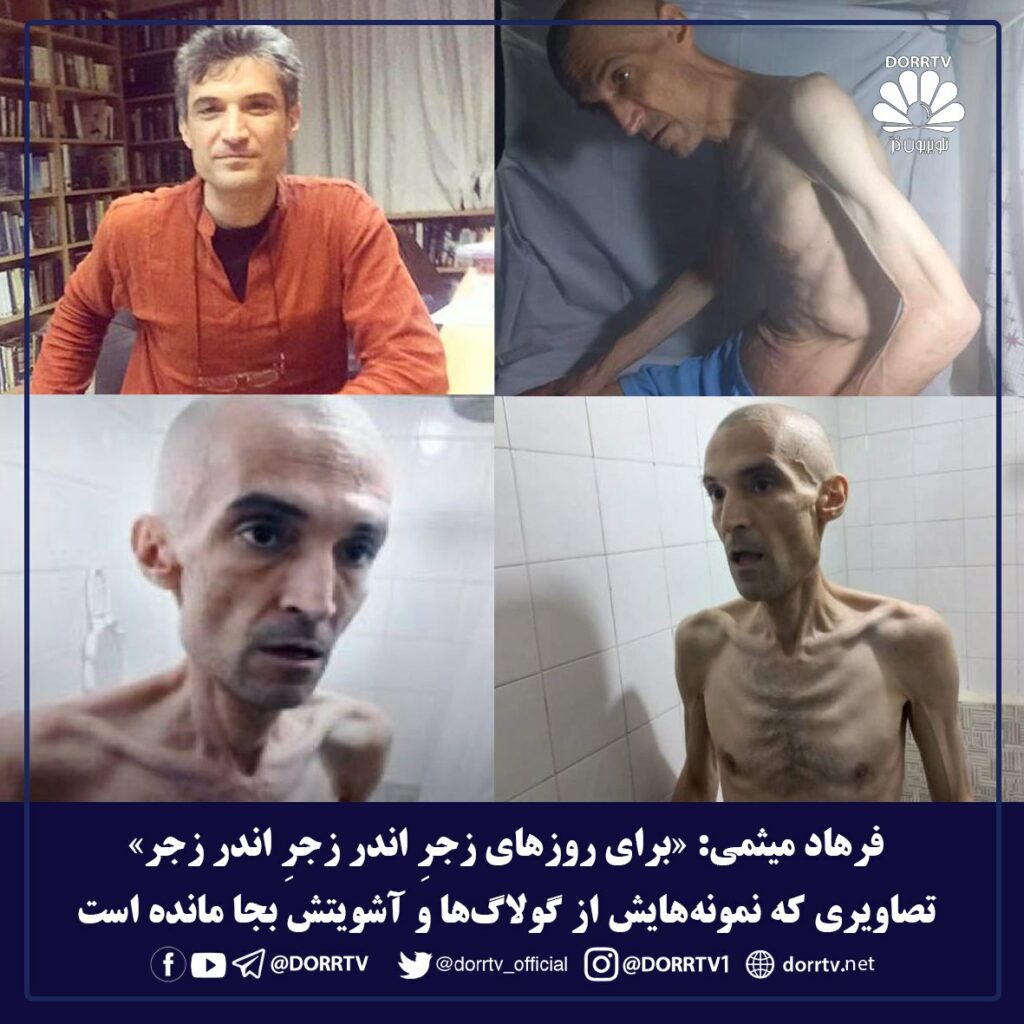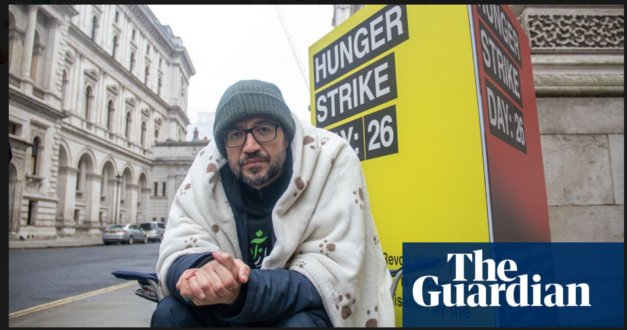As the world is observing British-Iranian Vahid Beheshti’s hunger strike in front of UK’s Foreign Office reaching day 27 to ask the British government to proscribe the IRGC (Islamic Revolutionary Guard Corps) people should be aware of the seriousness of his actions.
As a form of protesting injustice and performing a non-violent resistance, hunger strikes have been used throughout history by many people from the suffragettes hunger strikes in British prisons to Mahatma Gandhi who endured several hunger strikes to protest British oppression in India. It is a means of protest often used by prisoners to fight injustice and in many countries it can still lead to force feeding by authorities even though it is prohibited since 1975 by the World Medical Association.
But what are the risks of undergoing a hunger strike and how will the body react to the refusal of food? The reaction and length that can be endured is individual and depends on the previous medical conditions and general health of the person when starting the strike. The hunger strike can lead to permanent damage of the person’s health and ultimately will result in death. All organs in the body will be affected by the refusal of food, from muscle weakness, neurological and psychological problems to a significant vulnerability to infections and systemic organ failure. In cases where the protester is at a good general health when starting the hunger strike and continues to take fluids the risk of death following malnutrition can be expected at six to eight weeks. If there are other medical conditions this would shorten the time to three weeks. If fluids are refused a person can die of dehydration within a week. When the glucose levels are depleted the body starts using its fat and protein reserves as source of energy. The electrolyte imbalance, vitamin depletion and hypothermia will affect the whole body and weaken the immune system increasing the risk of infections. General muscle weakness, dizziness and low heart rate starts showing in two weeks, hearing and vision loss and other neurological symptoms can show in three to four weeks. After 45 days of hunger strike there is a high risk of death due to infection or cardiovascular complications.
Even after a hunger strike is ended there is a risk of death due to “Refeeding Syndrome” a condition that can occur if given too much food or fluids quickly which can lead to organ failure if uncontrolled.
The reaction is individual in each case of hunger strike but the risk of death is significant and the authorities of the country have a moral obligation not to allow a preventable death from happening.

These obligations have not been seen in Iranian, Russian or Chinese prisons but are expected to be met in democratic societies where human rights are recognized.
 Shabtabnews In this dark night, I have lost my way – Arise from a corner, oh you the star of guidance.
Shabtabnews In this dark night, I have lost my way – Arise from a corner, oh you the star of guidance.



